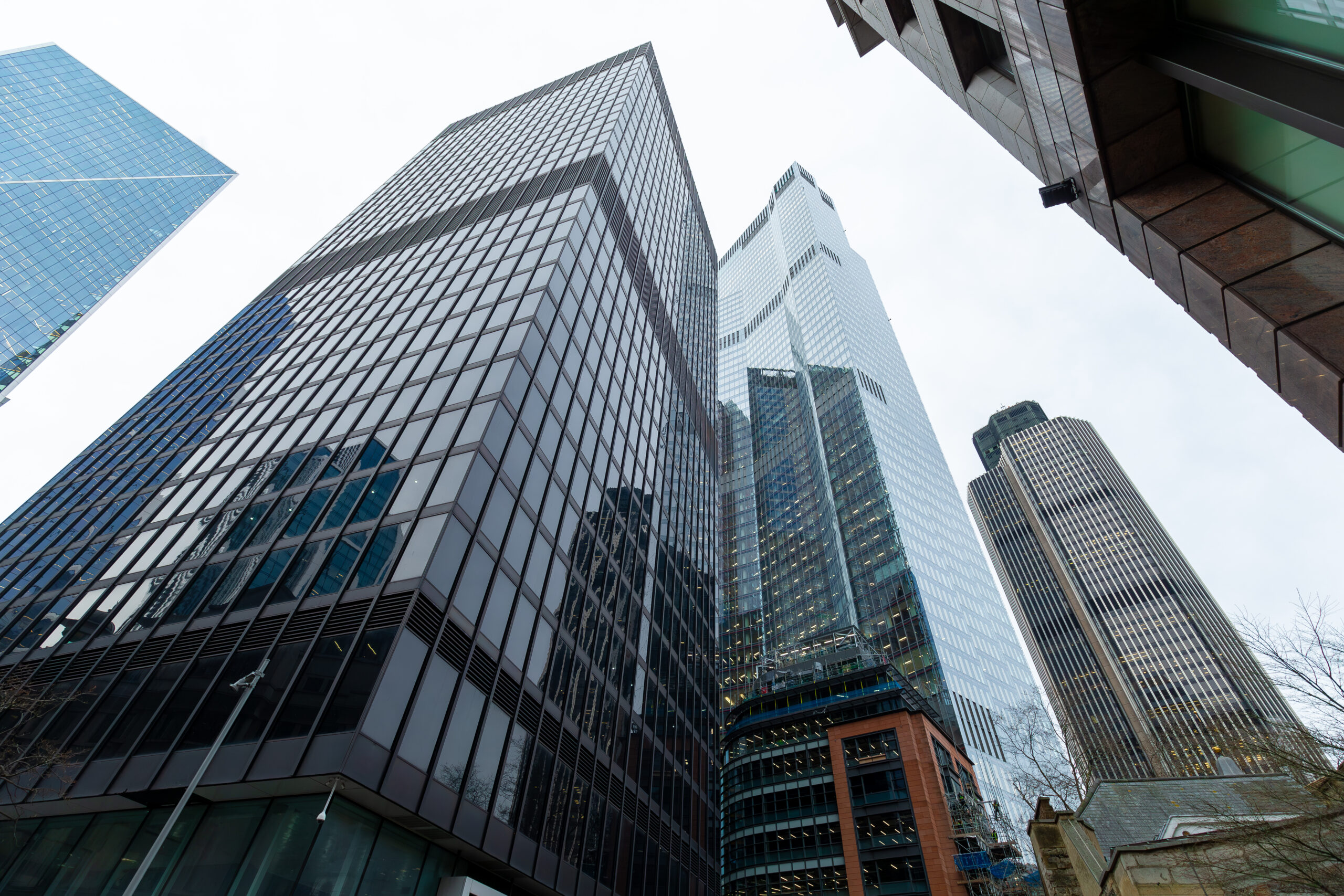
How to build a regulator-ready Safety Case Report that proves control, not just compliance.
Since the Building Safety Act 2022 came into force, the Building Safety Regulator (BSR) has made one thing clear: paperwork doesn’t prove safety; evidence does.
A Building Safety Case Report (SCR) isn’t a form to fill in; it’s a structured narrative of control. It shows, beyond reasonable doubt, that your residential Higher-Risk Building (HRB) is being managed competently, safely, and transparently.
At Ark Workplace Risk, we’ve supported some of the UK’s first successful Safety Case submissions, and we’ve seen exactly what separates approval from rejection.
“A strong Safety Case doesn’t just document what you’ve done, it tells the regulator how you think.”
This guide breaks down the anatomy of a Safety Case that stands up to scrutiny, and the kind of evidence the BSR expects to see when deciding whether to issue a Building Assessment Certificate (BAC).
Before diving into hazards and controls, your Safety Case must tell the regulator one simple thing: what you’re managing.
That means:
- A detailed building description; height, structure, use, occupancy, and any mixed-use complexity.
- A clear definition of who is responsible for what (Accountable Persons, Principal Accountable Person, managing agent).
- An outline of building lifecycle context; from design and construction to current occupation.
At Ark, we always start with a data validation exercise; ensuring the baseline information in your Safety Case matches your Golden Thread records, your Fire Risk Assessment, and your structural integrity data.
The BSR expects to see a systematic, evidence-backed understanding of major hazards, and the rationale behind your control measures.
That means:
- Detailed Fire Risk Assessment (FRA) and Structural Risk Assessment (SRA) results
- A clear hierarchy of risk control; from design measures to operational management
- Documentation of inspection, maintenance, and testing schedules
- Photographic or digital evidence where relevant
Ark’s experts integrate all three dimensions, fire, structural and organisational risk, into a unified narrative. Using QUOODA®, we align every inspection and control record to its risk source, so evidence becomes traceable, credible, and audit-ready.
“Inconsistent data is one of the biggest red flags for the Regulator. Fire, structural and management evidence must tell the same story.”
The Building Safety Act redefined competence as the ability to do the job safely and effectively, backed by verifiable knowledge and experience.
Your Safety Case must evidence:
- The competence of everyone managing building safety; from the Principal Accountable Person to contractors.
- Clear governance structures, escalation routes, and review processes.
- Training records, CPD logs, and third-party accreditations.
You can’t delegate competence, you can only demonstrate it.
Ark’s Organisational Competence Toolkit and audit process map responsibilities against the BSR’s core competence framework, creating a defensible chain of assurance across roles, contractors, and decision-makers.
The Regulator isn’t looking for static documents; it’s looking for a living system of safety management.
Your Safety Case should show how information is created, maintained, and used to make safety decisions.
Strong Safety Cases include:
- A digital “line of sight” between risks, controls, and actions
- Version-controlled documents with change history
- Evidence of decision-making (meeting notes, review sign-offs, updated risk registers)
- Integration with other compliance systems
Ark enables this through QUOODA®; our digital platform that turns the golden thread into a living, auditable ecosystem.
Every change, inspection, and update is tracked, creating a single source of truth that regulators can trust.
“The BSR wants confidence that what’s written in the Safety Case is what’s happening in reality. QUOODA® makes that visible.”
Resident engagement is no longer optional.
The Safety Case must demonstrate that residents understand the risks and have access to the information they need.
The BSR expects to see:
- A documented Resident Engagement Strategy
- Evidence of communication (newsletters, consultations, resident meetings)
- Consideration of Person-Centred Fire Risk Assessments (PCFRA) and Personal Emergency Evacuation Plans (PEEPs) for vulnerable occupants
- Feedback loops showing how resident concerns influence risk control
Ark helps clients translate engagement from tokenistic to meaningful; embedding it into Safety Case evidence and ensuring residents become part of the safety ecosystem, not just observers.
A compliant building isn’t a finished one.
Your Safety Case must show a commitment to continuous learning and review.
This includes:
- Periodic reviews of the Safety Case itself (usually annually)
- Internal audits of safety management systems
- Incident reporting and lessons learned logs
- Updates reflecting regulatory change or organisational evolution
Ark builds these feedback loops into the QUOODA® platform, ensuring that every Safety Case remains current, dynamic, and regulator-ready.
“The best Safety Cases are not frozen in time; they evolve with the building.”
The BSR receives thousands of submissions. Clarity and coherence make the difference between confidence and confusion.
- A regulator-ready Safety Case should be:
- Structured logically; narrative first, evidence second
- Written in plain, defensible language
- Supported by referenced appendices, not buried in them
- Easy to navigate digitally
At Ark, our Safety Case templates are designed to mirror the BSR’s review logic; making it faster for assessors to find the information they need, and easier for clients to maintain updates post-submission.
Through our work with the first wave of BAC applicants, we’ve identified the most frequent reasons Safety Cases are rejected:
- Fragmented evidence and inconsistent data
- Unclear governance or responsibility mapping
- Lack of competence documentation
- Incomplete resident engagement evidence
- No demonstrable golden thread
Most Safety Cases don’t fail because of what’s missing; they fail because of what doesn’t connect.
Ark’s methodology ensures every element of your Safety Case is evidenced, aligned, and digitally verifiable, creating a coherent narrative that meets and exceeds regulator expectations.

The Ark Standard — Evidence that Inspires Confidence
Ark is a founding voice in the Building Safety Alliance and has supported successful BAC submissions across a plethora of UK buildings; including some of the country’s most complex residential developments.
Our approach is simple:
- People-led: ensuring competence, ownership, and understanding.
- Process-driven: aligning data, governance, and controls.
- Digitally assured: powered by QUOODA® for traceability and foresight.
“We built Ark’s Safety Case process to mirror how the Regulator thinks; structured, evidenced, and focused on what truly keeps people safe.”

Next Steps: Build your Regulator-Ready Safety Case
Whether you’re preparing for your first Building Assessment Certificate (BAC) or refining an existing submission, Ark can help you demonstrate full control.
- Conduct a Safety Case Readiness Review
- Identify and close evidence gaps
- Build your digital Safety Case through QUOODA®
- Achieve compliance that strengthens your reputation, not just meets regulation
Book a Safety Case Consultation
Speak to Ark’s Building Safety specialists today for a readiness review of your current evidence, guidance on regulator expectations and/or a roadmap to a successful Safety Case submission.
